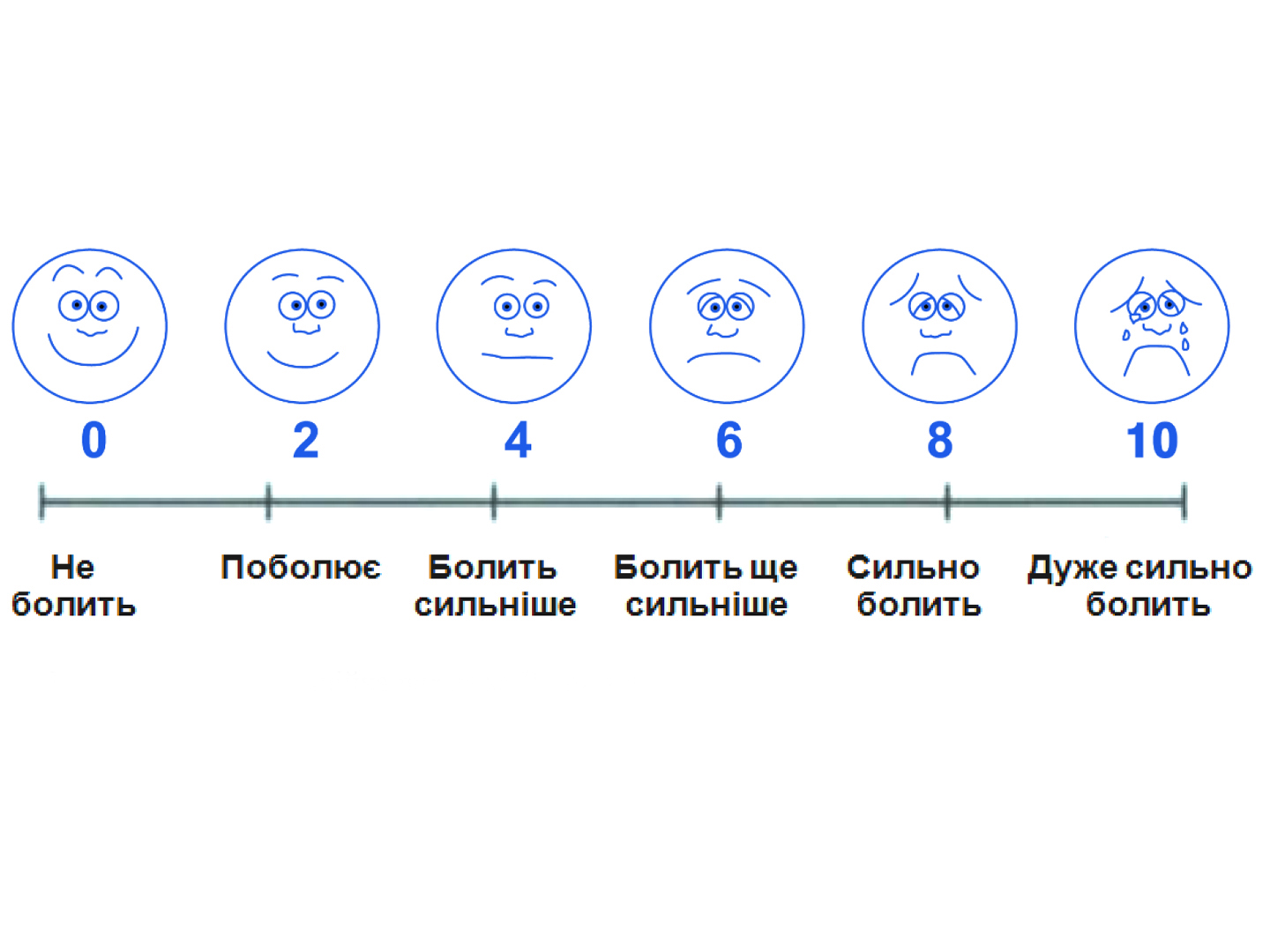Evaluation of Gecoton efficacy in patients with intraoperative blood loss
SI “The V.T. Zaitsev Institute of General and Emergency Surgery under NAMS of Ukraine”, city of Kharkov
Abstract. Correction of intraoperative blood loss remains up till now to be one of the pressing challenges due to its concomitant coagulative and metabolic disorders, largely complicating the outcomes of surgical interventions in the abdominal cavity organs. Correction of intraoperative blood loss is performed with the aid of different infusion solutions, ambiguously impacting on both the hemodynamic parameters and the blood coagulative potential, and also on metabolic shifts in consequence of hypoperfusion. The paper reviews the results of studies dedicated to the use of a new infusion drug, combining the properties of hydroxyethyl starches with molecular weight of 130 кD, with the properties of hyperosmolar crystalloid solutions.
Key words: intraoperative blood loss, colloids, crystalloids, hemodynamics, lactate.
Introduction
Replacement of the blood loss still remains to be an immediate problem, despite a great many of infusion
solutions available to anesthesiologist – from crystalloid to different-class colloid ones. As a result of numerous investigations into the use of various variants of infusion therapy [1–6, 8] most of investigators came to a conclusion as to the necessity of using colloids to correct hypovolemia because of the blood loss, while the ratio colloids/crystals fluctuates from 1 : 1 to 1 : 3. Discussing the issue of the efficacy and safety of using hydroxyethyl starches (HES) of different classes ended by the adoption of agreement [7] оn the safety of HES with molecular weight below 200 kD. Reduction of HES molecular wegiht to 130 kD makes it possible to increase a dose of colloid to 15–20ml/kg/day. Since in the majority of situations, even a daily admissible dose of colloid solutions is not enough to correct intraoperative blood loss, crystalloid solutions, hypertonic ones inclusive, are used. The use of hypertonic crystalloid solutions per se is nowadays considered not the most effective because of a number of negative factors, accompanying their use: fast (within half an hour) redistribution along the water sectors, diuresis stimulation, water-electrolyte disbalance. There exist combinations of colloid and crystalloid solutions allowing for the increase of the circulating blood volume (CBV), to be maintained increased for several hours.
HyperHAES [12] may be taken as an example.
However, the colloid base of this solution is HES with high molecular weight (200 kD), which was not today included in the schemes, recommended for using in critical states due to considerable negative effects [9–11]. Further searches for plasma-substitutive drugs resulted in the development of Gecoton solution.
Gecoton is a multicomponent, balanced in its electrolytic composition solution, whose colloid component is presented by 5% HES solution with molecular weight of 130 kD and molecular replacement degree 0.4; hyperosmolarity of the solutions is ensured on account of lactate and sodium chloride and 5% xylitol. Concentration of Na+ in the solution is 270.7 mmol/l.
An objective of our research was: to study the efficacy of pharmaceutical product Gecoton, used to stabilize hemodynamics in the intraoperative blood loss; to investigate into the dynamics of lactate concentration in intraoperative blood loss in patients, having hypervolemia.


